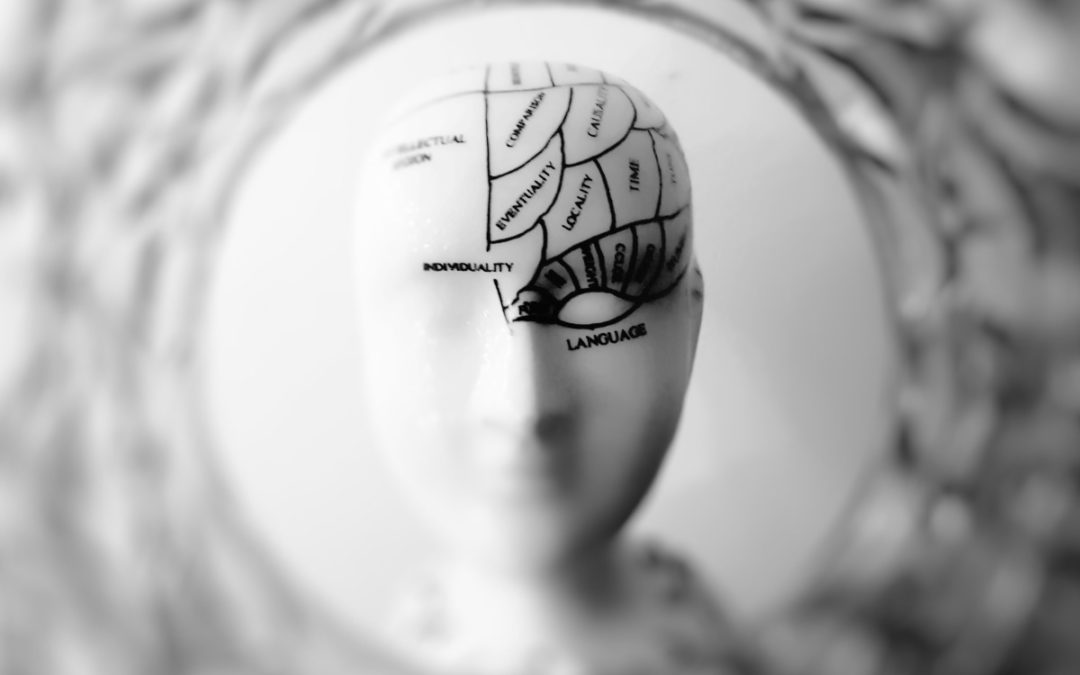Neuroplasticity is the brain’s ability to adapt and alter neurological responses to best fit the situation presented to it. This concept shows that our brain is not a hard-wired system. Instead, the brain is consistently altering itself to fit its surroundings. As we engage in new behaviors, new neural pathways are created to help us learn and create memories of our actions. Our brain continues to do this throughout our lives as we continue to experience new things and engage in new behaviors.
This is a way our brain can organize itself. The brain likes to make repeated actions and sensations more convenient. You likely do this naturally too. For example, you would not choose to place your most used hygiene products in the back corner of the bathroom cabinet where they are hard to reach. You want the things you are more likely to use in an easily accessible area.
Our brains like things organized similarly. If there is an action you consistently engage in, the memories about that action will be easy to access for your brain. Actions that you rarely use will be pushed further into deep storage and eventually forgotten.
Muscle Memory
A common example to help you understand this concept is the idea of muscle memory. Dancers work to learn a routine by practicing the same motions over and over. When they are expected to perform, the distraction of an audience can cause them to lose focus on their routine. However, subconsciously, the body will continue to perform the routine even though the mind is elsewhere. Muscle memory also occurs when playing an instrument or engaging in a variety of sports activities. By consistently reinforcing a specific action, our body creates muscle memory of the action that allows us to complete it more naturally.
This reinforcement is present in our everyday lives when we engage in habitual activities. Many of us have a morning or nightly routine that we complete every day. Some people may wake up and immediately begin to brew a cup of coffee or brush their teeth. When these actions are repeated continuously, we begin to adopt them as habits. Neuroplasticity is beneficial because it allows our brain to create new habits as needed. Refraining from negative habits and implementing new habits may take time and effort, but it is possible because of our brain’s adaptivity.
Effects on Addiction
Neuroplasticity is drastically affected by addiction due to the effects a substance can have on the brain. As the body becomes dependent on the use of a substance, the neurological pathways that are created reinforce the need to continue use. This is why choosing to quit a substance takes a lot more than just stopping future use. This is how withdrawal effects come into play and lead individuals to struggle to maintain sobriety.
As substances react with our dopamine system and provide short-term rewarding responses, the pathways the brain creates with the substance are easily accessed. Because the drug is associated with a reward response, the body feels encouraged to make the use of the substance into a habit.
Fortunately, while neuroplasticity plays a role in the initial development of an addiction, it also can be a benefit in the process of recovery. Because of the brain’s ability to adapt and create new neural pathways, we can create new pathways to help us overcome our addictions.
Using Neuroplasticity as a Tool
Thinking back to our example of bathroom organization, you can imagine how the use of the substance that has become an addiction is stored as a regular activity that will first come to mind when you are making a decision. Fortunately, it does not have to stay this way. Working to create new habits that overpower the habit of your addiction will alter this natural response and allow you to diminish the desire to rely on the substance. Doing so will take time, however.
By using the knowledge we have on the creation of new habits and implementation of memories, we can use our brain’s malleability to alter our reactions to a substance and help us overcome its addictive properties. Once we implement new healthy habits, it is important to keep those fresh in our minds. Because our brain never solidifies its knowledge, there is always a potential to relearn the habit of substance use and experience a relapse. Being aware of this can help you feed your brain with healthy information to lead yourself to success.
Using neuroplasticity as a tool can help you rewire your reward system and discover greater benefits from not abusing a substance instead of engaging in healthy activities. When you focus on small external factors that positively impact your body and mind, you can rewire your reward system and strengthen the desire to engage in those actions while weakening the desire to use substances.
Neuroplasticity is the brain’s ability to alter its neural pathways to adapt to the environment as needed. Each decision that we make allows our brain to alter our neurological responses to correspond with our choice. This adaptivity is a large part of what wires our brain to become addicted in the first place. However, it can also be used to benefit us in the process of recovery. Working to implement new habits and overpower the neural pathways that led to the addiction can increase your ability to maintain sobriety. The steps through recovery are learning processes that take time and patience to implement. Allowing your brain to adjust to the recovery steps will set you up for long-term success. To learn more about how neuroplasticity affects addiction and the potential of recovery, reach out to Dream Recovery today at (949) 732-1960.


Recent Comments